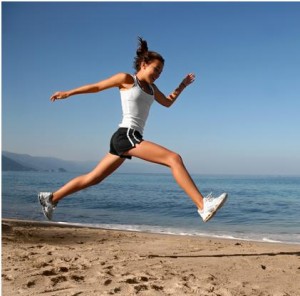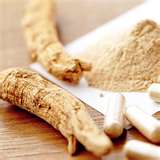 Need more energy, REAL energy that sustains you and not just a quick jolt of caffeine? The most famous Chinese herb, ginseng, now has more proof on its fatigue fighting abilities.
Need more energy, REAL energy that sustains you and not just a quick jolt of caffeine? The most famous Chinese herb, ginseng, now has more proof on its fatigue fighting abilities.
According to the Mayo Clinic, American Ginseng taken for 8 weeks can help decrease cancer-related fatigue symptoms.
This latest study was done in 40 community medical centers in the U.S and Canada on 364 cancer patients. Half of the patients studied were undergoing cancer treatment at the time of the study and the other half had already completed cancer treatment.
Ginseng has been used in traditional Chinese medicine as a natural energy booster, libido booster and overall tonic herb for thousands of years. These new findings, just presented at the American Socity of Clinical Oncology annual meeting found the study participants’ experienced
"Significant Improvement" in their general exhaustion levels with no apparent side effects.
Mayo researcher Debra Barton stated "After eight weeks, we saw a 20-point improvement in fatigue in cancer patients, measured on a 100-point, standardized fatigue scale." "Cancer is a prolonged chronic stress experience and the effects can last 10 years beyond diagnosis and treatment," she said. "If we can help the body be better modulated throughout treatment with the use of ginseng, we may be able to prevent severe long-term fatigue."
Along with ginseng's energy boosting benefits it also has been researched and concluded to decrease inflammation and regulate levels of coritisol (a common stress hormone). Energy Booster Herb Pack by Pacific Herbs is a perfect addition for anyone dealing with fatigue because it contains a high dose of ginseng. This energy drink is safe, delicious easy to take and perfectly packaged for everyone on the run. Energy Booster Herb Pack has No caffeine, NO sugar and NO fillers. Energy booster can be taken as a energy drink or just straight in the mouth.

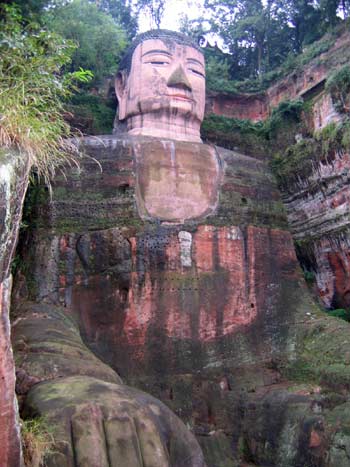
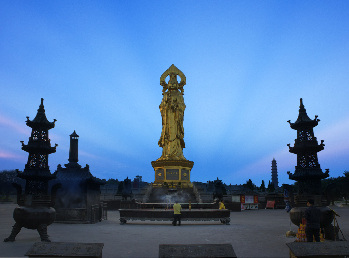


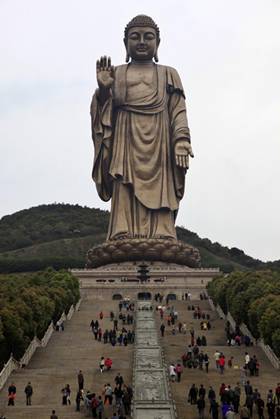
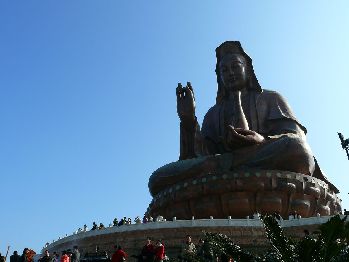

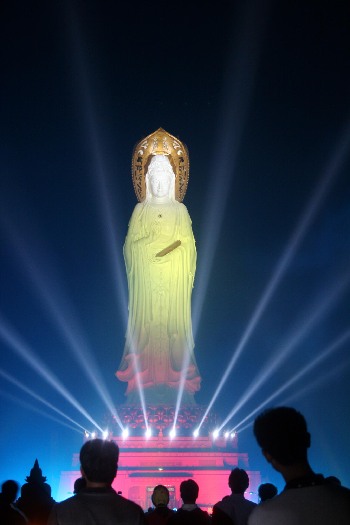
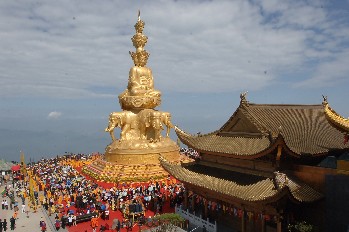

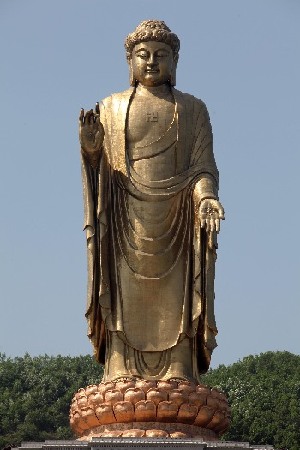

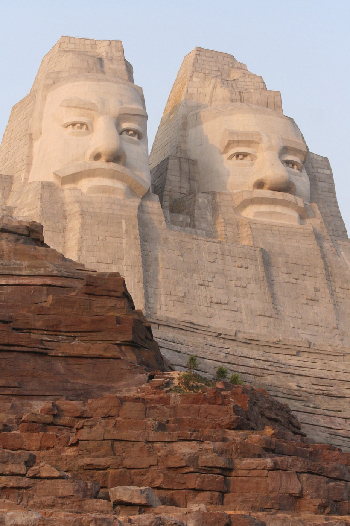


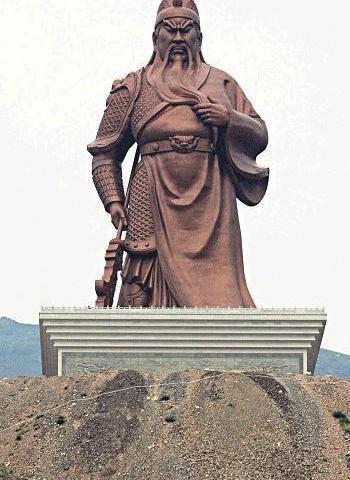
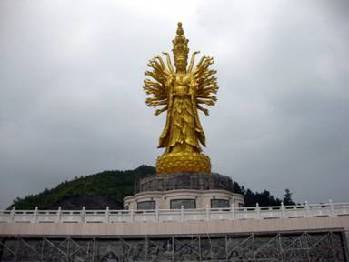
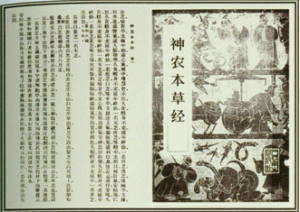
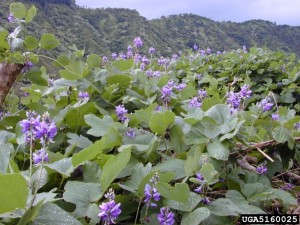
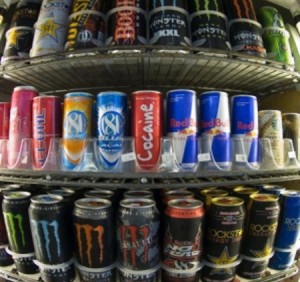
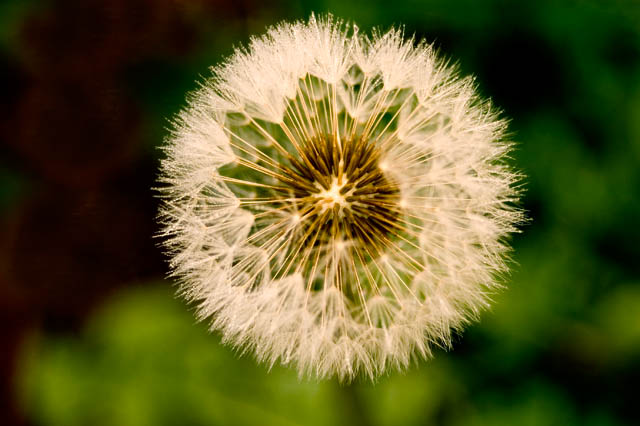 News from the University of New Mexico, the lowly dandelion has been shown effective at fighting breast cancer and prostate cancer. Used for centuries in
News from the University of New Mexico, the lowly dandelion has been shown effective at fighting breast cancer and prostate cancer. Used for centuries in 